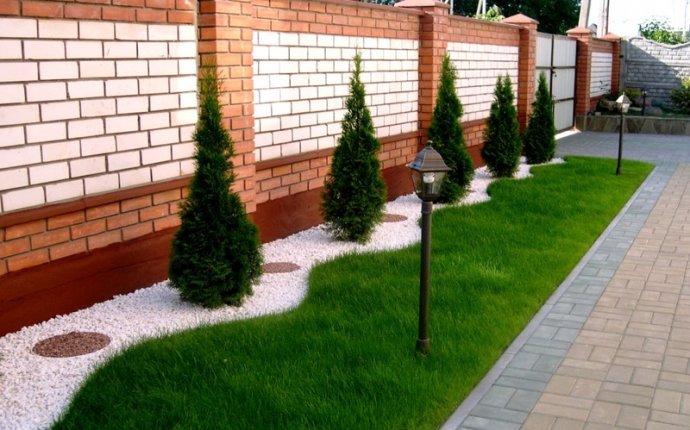
Clumbing In The Private House Yard
The fundamental difference between permaculture and other modes of interaction with land is that it is not just a set of practices, but a way of thinking directly linked to the environment and natural processes in the complex.
Permature is based on observations and knowledge that have been acquired for centuries. That is why, in addition to the fundamental concept of caring for land, people and environment, permaculture is built around twelve principles.
If you have a new garden yet, or you have recently decided to practice permaculture in the existing garden, these principles will help you understand the design process.
1. Watch and interact.
Permature is based on the understanding of your plot and local conditions. Ideally, you should study your precinct over a year at any time of the year, studying the legality of the sun, the wind, the rains, floods, the plains, snow, animals, noise, etc. Even if it is not possible, make a thorough assessment of the inner qualities of the site, visit the nearby gardens to see what is well growing in your area.
2. Seize and accumulate energy.
As a protein collects nuts during the summer to overcome the inferior winter, the principle of the permature of the capture and storage of energy also works.
For example, an orange can collect and accumulate solar energy to preserve heat for plants. The right orange can even provide passive solar heat to other buildings. The conservation of winter summer harvests is a way to store food energy. The collection of rainwater or the processing of dirty water from the house prevents valuable irrigation water from the drain into the sewage system and provides water energy for dry months.
3. Get the benefits.
Of course, the whole purpose of the edible garden is to harvest. But there are other less appreciable, but equally valuable, benefits from permaculture in the garden. The exchange of skills or information from one gardener to another can be a win. The gardener community is a good example of this principle, where the neighbors work together to mutilate and build hills, tools, fences, and swords. School gardens are places for experienced gardeners to teach the next generation how to grow their own food. Elders can share their wisdom, young people can share their enthusiasm and energy, and people from different cultures can exchange seeds, plants, landing calendars and growing technologies.









